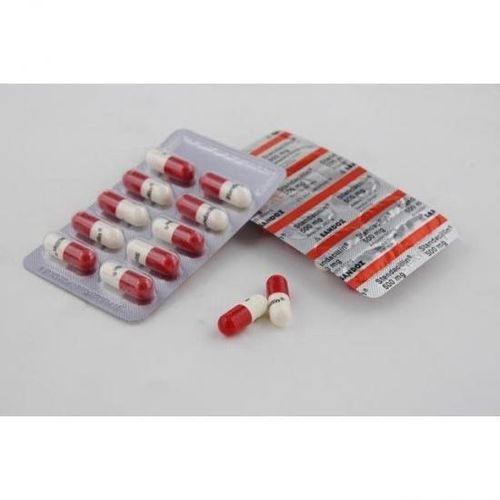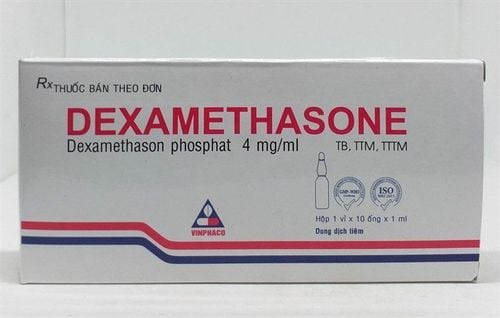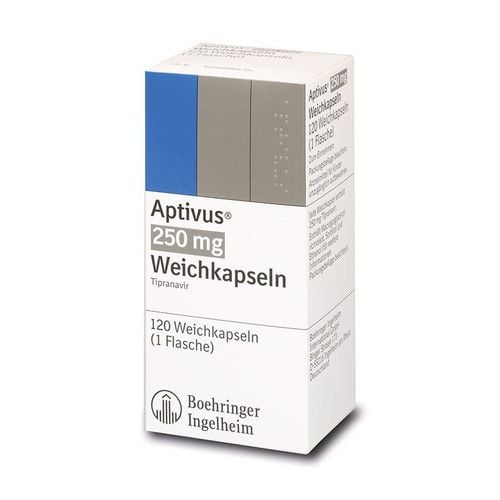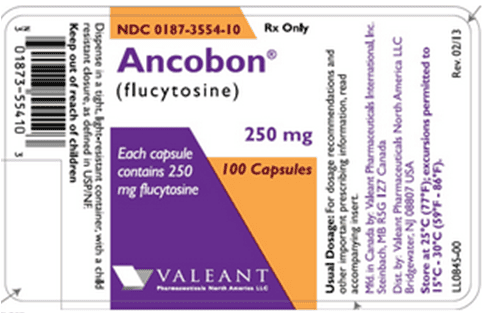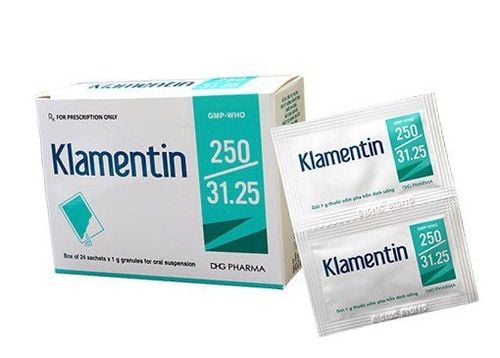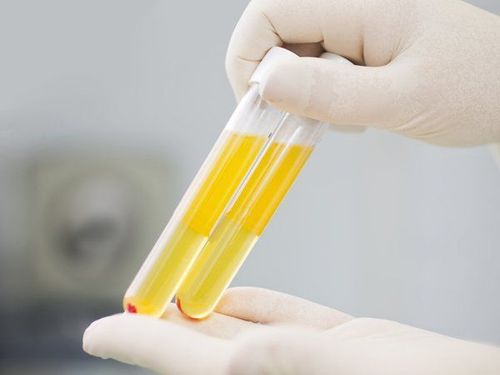This is an automatically translated article.
Cutaquig is an immunoglobulin used in patients with primary immunodeficiency. Medicines help reduce serious infections and the number of medications and hospitalizations. However, taking the drug can also carry some uncommon risks. To learn more about the drug, learn more about the drug through the article below.1. What does Cutaquig do?
Cutaquig drug has the main ingredient is Immunoglobulin G 165mg in 1mL (16.5%), prepared as a solution for injection under the skin.
Cutaquig provides Immunoglobulin G antibodies that neutralize and fight many bacteria and viruses. The mechanism of action in primary humoral immunodeficiency has not been fully elucidated.
Cutaquig has been shown to help prevent serious bacterial infections such as sepsis, bacterial meningitis, osteomyelitis and septic arthritis, bacterial pneumonia, and organ abscesses. . This in turn helps to reduce the number of episodes of any infection, the number of days of use and the annual rate of antibiotics.
2. Indications and contraindications of Cutaquig
Indications: Cutaquig is indicated as replacement therapy for primary humoral immunodeficiency (PI) in adults and pediatric patients 2 years of age and older.
Contraindications: Cutaquig is contraindicated:
Do not use this drug in patients who have had anaphylactic or severe systemic reactions to subcutaneous injection of human immunoglobulins or to any of the ingredients. Which of Cutaquig. Do not use in IgA-deficient patients with antibodies against IgA.
3. How to take and dose of Cutaquig
3.1. How to use
Cutaquig is given by injection under the skin, not into a blood vessel. Cutaquig is a clear and colorless solution that may turn slightly opalescent and pale yellow during storage. Do not use this solution if it appears cloudy or contains particles. Notes when using Cutaquig:
Make sure to use aseptic technique when preparing and using the drug. Before use, visually inspect each Cutaquig vial for particulate matter, whenever the solution is used. Do not mix the medicine with other products, do not dilute Cutaquig, and do not shake the solution. Be sure to check the label for an expiration date and do not use it beyond this date. Cutaquig should be self-administered weekly by healthcare professionals or caregivers or by the patient after appropriate training. Cutaquig can be given in areas such as the back of the abdomen, thighs, upper arms and/or lower legs, and hips. Drugs can be administered simultaneously into up to 6 different sites. Infusion sites should be spaced at least 5 cm apart. Alternate infusion sites between subsequent injections. For patients not treated with subcutaneous immune globulin (IGSC), the maximum initial volume per injection site should not exceed 25 ml. From the 6th injection onwards, the volume can be gradually increased up to a maximum of 40mL/site as tolerated. From infusion 7 onwards, can be gradually increased to 50ml per hour for all combined sites, then up to tolerability. Steps to perform Cutaquig injection:
Get ready for infusion: Select and prepare a clean injection area; Prepare medical equipment and medicines needed for use. Wash hands thoroughly and let dry. Take the medicine: If removed from the refrigerator, keep this product at room temperature (≤ 25 degrees Celsius). Carefully check the vial and dose for the patient. Remove the protective cap and disinfect the rubber stopper by wiping and drying with a sterile cloth. Filling the syringe: Open the sterile syringe and needle. Attach the needle to the syringe by twisting action. Withdraw the plunger back to fill the syringe with air, the amount of air should be close to the amount of solution needed to remove from the vial. Insert the needle into the center of the vial stopper and turn the vial upside down. To avoid foaming, make sure that the tip of the needle is not in the solution, then inject air. Next between tightening the plunger, move the needle so that the tip of the needle is in the solution, and then slowly release the hand to withdraw the desired volume of Cutaquig. Then remove the needle from the vial. This procedure can be repeated if you need to use more than one vial. When done, remove the needle and throw it in the sharps container and proceed to the next step. Prepare the pump and infusion tube: Rotate the tube to remove any residual gas. Preparation of the infusion site: Depending on the total dose used, the appropriate position is titrated. Avoid inserting the needle into scars, tattoos, or areas of injured, inflamed skin and examine the skin for signs of infection. Clean the skin at your chosen injection site with an antiseptic skin wipe starting from the center and outward in a circular motion and allow each site to dry before continuing. Administer the injection: Pinch the skin between the thumb and forefinger around the injection site and insert the needle into the subcutaneous tissue. Secure the needle in place with gauze and a sterile bandage or clear bandage. Check the needle placement by pulling back on the syringe plunger. There should be no blood back in the tube. If blood returns, withdraw the needle and start over from step 5 with a new needle in another position. Start infusion: Once the site is located, start the infusion. Follow the infusion pump manufacturer's instructions. End of injection: Gently withdraw needle and place immediately in sharps container. If necessary, place a small piece of gauze over the needle site and cover.
3.2. Dosage of Cutaquig
Dosage is dosed based on the patient's pharmacokinetic and clinical response. Monitor serum IgG trough levels regularly to guide further dose adjustments as needed.
Dosage for patients switching to Cutaquig from Immonoglobin Intravenous (IGIV): Ensure that the patient has received regular intravenous immunoglobulin (IGIV) treatment for at least 3 months. To calculate the initial weekly dose of cutaquig, divide the monthly IGIV dose in grams by the number of weeks between IGIV infusions and then multiply this value by a Dose Adjustment Factor of 1.40. To convert a dose (in grams) to milliliters (mL), multiply the calculated dose (in grams) by 6. Dose for a patient switching to Cutaquig from another Subcutaneous Immunoglobulin (IGSC): Ensure that the patient received regular IGSC for at least 3 months prior to switching to Cutaquig. The same weekly dose (in grams) of Cutaquig that has been used for previous subcutaneous immunoglobulin (IGSC) therapy should be maintained. To convert a dose (in grams) to milliliters (mL), multiply the calculated dose (in grams) by 6. Dose adjustment: Over time, dosage may need to be individualized for each patient, depends on the clinical response and on the desired serum IgG trough level. Assess the patient's serum IgG trough levels 2 to 3 months after switching to Cutaquig or after the last Cutaquig dose adjustment, to determine if a dose adjustment is needed.
Dosage after Measles Exposure: If the patient has been exposed to measles, one dose of Immune Globulin intravenously can be administered cautiously as soon as possible and within 6 days of exposure. Doses of approximately 400 mg/kg should provide serum measles antibodies > 240 mIU/mL for at least two weeks. If a patient is at risk of future measles exposure and receives a dose of less than 245 mg/kg subcutaneously weekly, the dose should be increased to approximately 245 mg/kg.
4. Cutaquig . side effects
Side effects that you may experience while taking Cutaquig include:
Asthma ; A cough; vomiting; stuffy nose; fever; headache; Alanine aminotransferase increased; leukopenia ; neutropenia; dermatitis; sore throat; hives; Aspartate aminotransferase increased; stomachache; ear hurt. The most common adverse reactions observed in ≥ 5% of study subjects were local infusion site adverse reactions such as redness, swelling, and itching; headache, fever, dermatitis, diarrhea and cough. Leukopenia, leukopenia, hemolytic anemia. Anaphylactic reactions, allergic reactions, angioedema. agitation; Loss of consciousness, cerebrovascular accident, aseptic meningitis, convulsions, migraine, tremor, paresthesia, dizziness. Cardiac arrest, tachycardia, palpitations; thromboembolism, thrombosis, circulatory collapse, hypertension, hematoma. Acute respiratory distress syndrome, respiratory failure, pulmonary embolism, apnea, cyanosis, hypoxia, pulmonary edema, causing bronchospasm, shortness of breath, cough, wheezing. Abnormal liver function, nausea, vomiting, abdominal distention, upper abdominal pain; Stevens-Johnson syndrome, skin resorption, erythema multiforme, eczema, urticaria, rash (erythema), alopecia, skin discoloration, skin mass, skin reaction, skin ulceration on infusion site, skin necrosis or injection site Back pain, joint pain, extremity pain, muscle pain Kidney failure; Chills, chest pain, chest discomfort; hot flushes, flushing, hyperhidrosis, fatigue, flu-like illness, malaise. Elevated liver enzymes, positive coombs test, presence of free hemoglobin, increased hemoglobin, decreased haptoglobin. If you have any side effects while taking the medicine, tell your doctor.
5. Warning about the risks encountered when using Cutaquig
Hypersensitivity:
Serious hypersensitivity reactions may occur to Cutaquig, even in patients who have tolerated previous treatment with Human Immunoglobulin. If a hypersensitivity reaction occurs during administration, the Cutaquig infusion should be discontinued immediately and appropriate therapy initiated. IgA-deficient patients with known anti-IgA antibodies are at increased risk for potentially serious hypersensitivity or anaphylactoid reactions including anaphylaxis. Thrombosis:
Thrombosis can occur after treatment with immunoglobulin products, including Cutaquig. Risk factors may include advanced age, prolonged immobilization, hypercoagulable state, history of venous or arterial thrombosis, estrogen use, central vascular catheterization, elevation blood viscosity and cardiovascular risk factors. Thrombosis can also occur in the absence of known risk factors. Ensure adequate supply of water to the patient prior to administration. Monitor for signs and symptoms of thrombosis and assess blood viscosity in patients at risk of hyperviscosity. Aseptic meningitis syndrome (AMS):
Aseptic meningitis syndrome can occur with Cutaquig. AMS has been reported following intravenous and subcutaneous administration of human immunoglobulins. It usually begins a few hours to 2 days after treatment and occurs more often in women than in men. AMS is characterized by the following signs and symptoms: Severe headache, neck stiffness, drowsiness, fever, photophobia, painful eye movements, nausea and vomiting. Cerebrospinal fluid (CSF) studies typically show leukocytosis of up to several thousand cells per mm3, mainly from granulocytic granulocytes, and increased protein levels up to several hundred milligrams/dL, but results negative cultures. To rule out other causes of meningitis, perform a thorough neurological examination in patients with suspicious signs and symptoms, including studies of the cerebrospinal fluid. Discontinuation of immunoglobulin treatment resulted in remission of AMS within a few days without sequelae. Renal impairment:
Renal dysfunction or acute renal failure, acute tubular necrosis, osmotic nephrosis and death may occur with the use of human immunoglobulins, especially those containing sucrose. Although, Cutaquig does not contain sucrose. But make sure that the patient is not hypovolemic before taking Cutaquig. In patients at risk of developing renal dysfunction due to any degree of pre-existing renal impairment or predisposition to acute renal failure (eg, diabetes mellitus, age over 65 years, anaphylaxis, sepsis, or patients taking known nephrotoxic drugs) are monitoring renal function and renal function and considering lower, more frequent dosing
Hemolysis:
IgG products, including Cutaquig, may contain blood group antibodies, causing a positive direct antibody test result (Coombs). Slow hemolytic anemia may develop after immunoglobulin therapy due to enhanced RBC sequestration and acute hemolysis. Monitor Cutaquig recipients for clinical signs and symptoms of hemolysis, especially those with high risk factors (such as non-O blood group, use of high doses of IgG (≥ 2g). /kg BW)). Infectious agents that can be transmitted:
Because Cutaquig is made from human plasma, it may carry a risk of transmitting infectious agents, eg viruses, the causative agent of Creutzfeldt-Jakob disease (vCJD) variant and theoretically the causative agent of Creutzfeldt-Jakob disease (CJD). This also applies to unknown or emerging viruses and other pathogens. Currently, there are no cases of transmission of viral diseases or CJD associated with the use of Cutaquig. But if so, all infections suspected of being transmitted by Cutaquig should be reported.
6. Precautions when using Cutaquig
When using the drug should be used with caution in the following cases:.
Pregnancy: There are no human data to indicate the presence or absence of a risk associated with Cutaquig. Animal reproduction studies have not been performed with Cutaquig. It is not known whether thzoocs Cutaquig can harm an unborn baby when administered to a pregnant woman or may affect fertility. Immunoglobulins can cross the placenta from the maternal circulation increasing after 30 weeks of gestation. Use with caution if absolutely necessary. Lactation: Human data are available to indicate the presence or absence of a drug-related risk. The developmental and health benefits of breastfeeding should be considered along with the mother's clinical need for Cutaquig and any potential adverse effects on the breastfed infant from Cutaquig. Be careful when choosing medication. Children: Studies have evaluated the use of the drug in children over 2 years of age. For children under 2 years of age, no safety data are available. Elderly: The drug has been evaluated and studied in people older than 65 years of age. It is recognized that dose selection for elderly patients should be cautious. Clinicians should start at the lowest end of the dosing range to reduce the risk of increased viscosity and precipitate adverse reactions to the heart, kidneys or liver; affect concomitant diseases or other drug treatment. Caution should be exercised in combination with live attenuated vaccines, as the use of Cutaquig reduces the potency of this vaccine. Cutaquig is to be used under the direction and guidance of a physician experienced in the treatment. During treatment, it is necessary to monitor and periodically check to ensure safe drug use, early detection of possible side effects.




